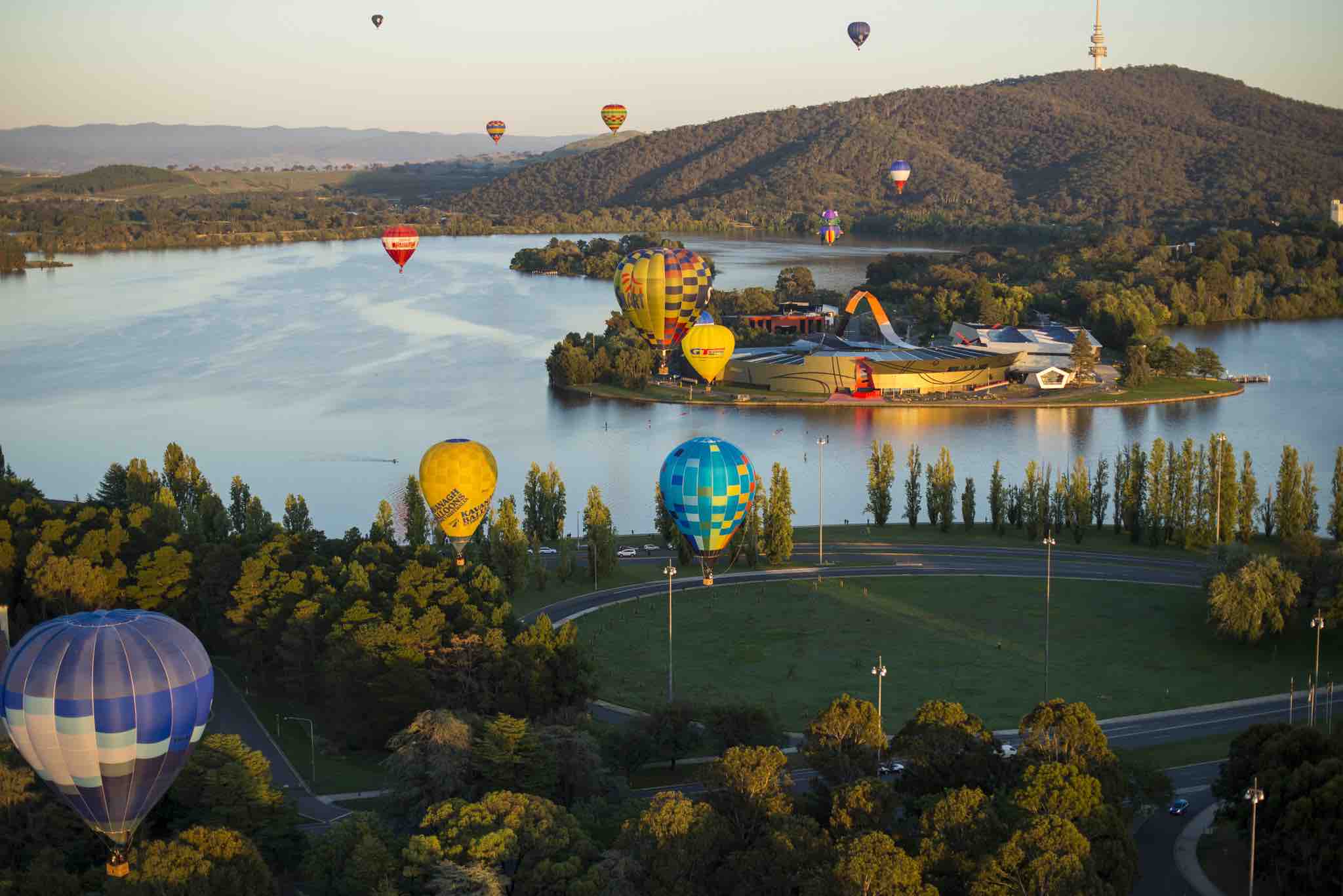Planning a trip to Australia? You may be interested to know that no matter which country you hail from, you are required to have a visa to enter the country. There is absolutely no visa-free entry. This can come as a surprise to some, however, the good news is the process of obtaining a visa is relatively simple and straightforward and can be broken down into seven easy to follow steps. So, let’s take a look at each one and get you on your way to the land down under.
1. Plan your trip ahead of time
Because every non-citizen who enters Australia is required to obtain a visa, you will need to have a plan before you begin the visa application process. This will help you later when you need to show things like return flight plans and where you will be staying.
There are many countries which you can fly into on a whim and enter visa-free if you have the right passport. To get into Australia, however, you will need to know when you want to enter and when you want to leave and your plans for everything in between, so that you can let immigration authorities know exactly why you will be there.
2. Understand which visa you will be applying for
This one is pretty straight forward. Just as with any other country, Australia has specific visa categories congruent to each person’s purpose in the country. Before you begin the process of applying for the visa, you must first take a moment to figure out which visa category is appropriate for you.
The visa categories are:
- Visitor visas (tourism, business, working holiday, etc.)
- Study and training visas (full-time study, vocational training, etc.)
- Family and partner visas
- Working and skilled visas
- Refugee and humanitarian visas
- Special visas (medical, adoption, dependent child, etc.)
There are other visa categories which apply in very strict and special circumstances, however, the above will be the most applicable to most visitors to Australia.
3. Understand the requirements for the visa you will be applying for
As you can see from the above, there are a wide variety of visas applicable to a wide variety of people. After you have confirmed which of these visas you will need to apply for, it is important for you to understand the requirements that you must meet, and what kind of paperwork you will need in order to apply.
People seeking a visitor visa, for example, must be able to show funds to be used during travel as well as the intention to leave (usually satisfied through a return ticket). On the other hand, applicants for a partner visa need to show proof of a relationship via a marriage certificate or joint bank statement or other supporting documents.
It is important to understand which documents you will need for the specific visa you are applying for and to have these documents ready before you begin the application process. This will help to minimize wait times or potentially being denied the visa.
4. Begin the application process
This can be different depending on which visa you are applying for and the complexity of meeting the requirements. A citizen of the United States, for example, applying for a visitor visa for the purpose of tourism is going to have a straight forward online application which will usually be approved in 24-hours (assuming they meet all of the requirements).
Someone applying for a partner visa, however, is going to find the process of obtaining a visa more lengthy and the level of paperwork needed much greater. Because of this, it can oftentimes be a good idea to go through an agency such as Brisbane Immigration AIA, which specializes in understanding Australian immigration law, and which can help streamline the process by providing valuable information.
5. Stay on the lookout for follow-up requests
Depending on the type of visa you are applying for, you may or may not have to follow-up with the agency you are working with or immigration authorities directly. If you want your visa approved in a timely manner, you need to stay on the lookout for any messages from either of these sources asking for extra documents, interview requests, clarification of information, etc.
Obviously, this is going to be more common with more complicated visas such as student visas or partner and family visas, as these are going to require more information to be sent on your part. To make sure that your visa isn’t rejected, or that the process isn’t delayed, responding to any follow-up requests in a timely manner will be vital.
6. Make sure everything is correct once you have your visa
Wouldn’t it be horrible to get through the entire visa process only to receive a visa which has some kind of error? It’s rare, but it does happen. What’s worse, depending on the error it could keep you from gaining access into the country. Double-checking before you get on the plane that every bit of information on your visa is correct will save you potential headaches and heartache later on.
This isn’t going to be applicable to everyone. For many visitors to Australia, there will not be an actual stamp in their passport. Instead, everything will be stored electronically in a central database. However, if you do receive a physical visa in your passport, don’t forget to double check it for errors or misprints.
7. Take backups of your documents and enjoy your time in Australia
Just because you have the visa doesn’t always mean you are free and clear. Occasionally, even after you have received your visa, immigration officials may still want to see certain documents for verification before admitting you into the country. A marriage certificate for people entering on a partner visa, for example, or a copy of your return flight if you are coming in for tourism. Having copies of all of the required documents on hand can ensure your entry into Australia is smooth and easy.








